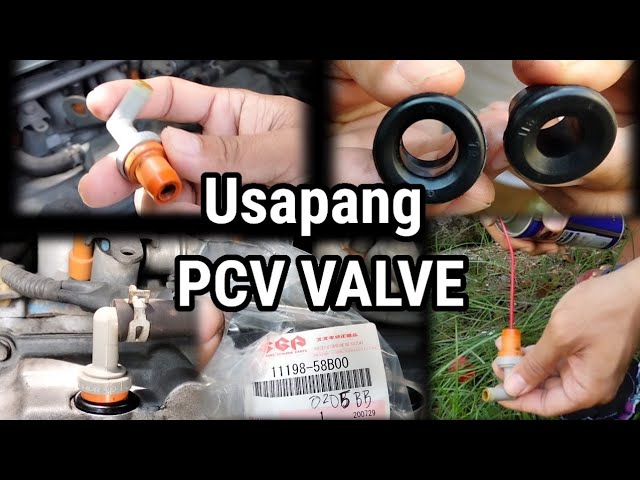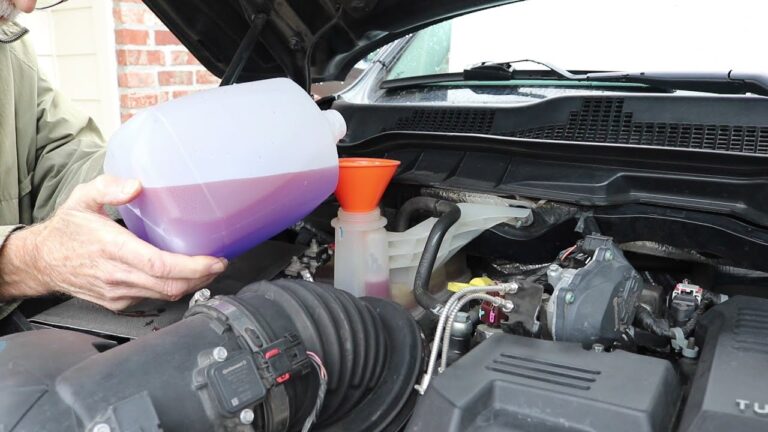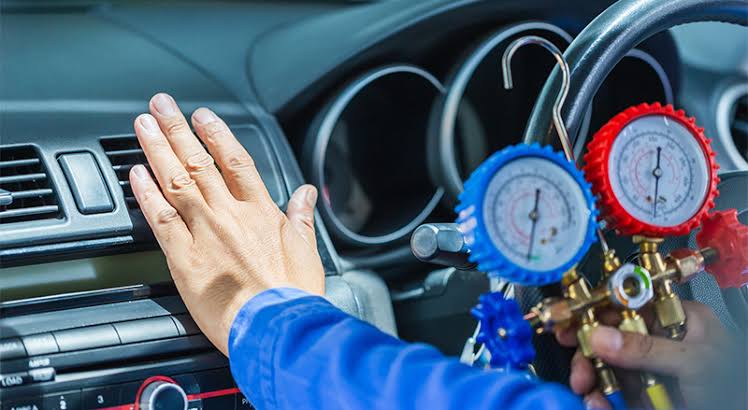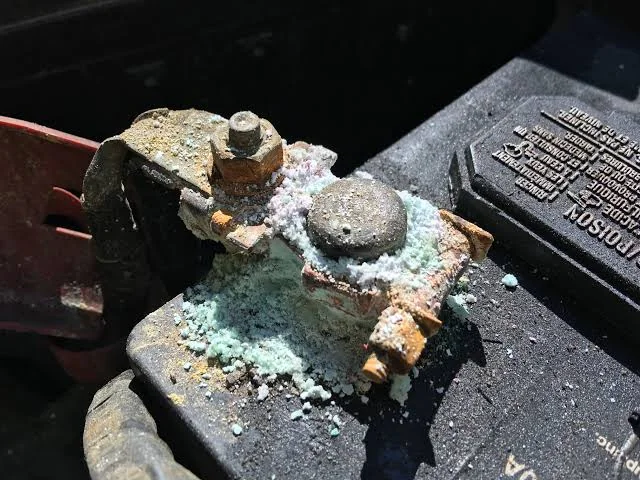Can I Use WD-40 to Clean a PCV Valve?

The PCV valve (Positive Crankcase Ventilation valve) is an important part of your vehicle’s engine system. It helps control emissions by redirecting gases from the crankcase back into the engine for combustion. Over time, the PCV valve can become clogged with dirt, oil, and sludge, which can negatively impact engine performance and efficiency. You might wonder if you can use WD-40 to clean the PCV valve. Let’s take a closer look at whether this is a good idea.
What Is a PCV Valve and Why Does It Need Cleaning?
The PCV valve is responsible for managing the flow of gases from the crankcase to the intake manifold. As the engine runs, these gases are expelled into the crankcase, where the PCV valve helps direct them back into the engine to be burned off. This process helps reduce harmful emissions and maintains engine efficiency.
Over time, the PCV valve can accumulate sludge and carbon deposits from the gases it redirects. If it gets clogged, the valve may not function properly, leading to poor engine performance, increased emissions, or even engine damage. That’s why cleaning or replacing the PCV valve periodically is essential.
What is WD-40?
WD-40 is a lubricant, degreaser, and water displacer that is widely used for various tasks around the house, garage, and automotive repairs. It’s known for its ability to loosen rust, remove grime, and lubricate moving parts. Many car owners use it for general maintenance, like lubricating door hinges or cleaning metal parts. However, when it comes to cleaning a PCV valve, things might not be as straightforward.
Can You Use WD-40 to Clean a PCV Valve?
While WD-40 can help clean some components, using it to clean a PCV valve may not be the best choice for several reasons:
1. WD-40 is Not a Cleaner for Carbon Buildup
WD-40 is great at removing rust, grease, and grime, but it’s not formulated to break down carbon buildup, which is often the primary issue with a dirty PCV valve. If your PCV valve is clogged with carbon or sludge, WD-40 might not be effective in cleaning it thoroughly.
2. WD-40 May Leave Residue
WD-40 can leave behind a thin, oily residue after it evaporates. While this might not be a big issue for some components, it can affect the performance of the PCV valve. If the residue is left inside the valve, it could potentially interfere with its function.
3. Cleaning May Not Solve the Issue
Even if you use WD-40 to clean the PCV valve, it may not fully restore its functionality. If the valve is severely clogged or damaged, cleaning it with WD-40 may only offer a temporary fix. In such cases, the PCV valve should be replaced to ensure proper engine performance.
How to Clean a PCV Valve the Right Way
If you’re determined to clean your PCV valve, here’s how you can do it properly:
Materials Needed:
- Cleaning solvent (such as carburetor cleaner or brake cleaner)
- A small brush or pipe cleaner
- Compressed air (optional)
- A clean rag
Steps for Cleaning:
- Locate the PCV Valve: Refer to your car’s manual for the location of the PCV valve. It is usually located on the valve cover or intake manifold.
- Remove the Valve: Disconnect the valve from the hose or pipe it’s attached to. Be careful not to damage any surrounding parts while removing the valve.
- Clean the Valve: Use a cleaning solvent like carburetor cleaner or brake cleaner to spray the PCV valve. Use a small brush to scrub away any sludge or carbon buildup inside the valve.
- Dry and Reinstall: After cleaning, let the valve dry completely. You can use compressed air to help remove any remaining cleaner. Reinstall the valve back into its original position.
- Test the Valve: You can test the valve by gently blowing through it. A clean valve should allow air to pass through in one direction while blocking airflow in the other direction.
When to Replace the PCV Valve:
If cleaning the PCV valve doesn’t solve the problem or if the valve is visibly damaged (cracked, corroded, or rusted), it’s best to replace it with a new one. Replacing the valve is a relatively simple and inexpensive fix that will help maintain your engine’s performance.
Should I Use WD-40 for Other Engine Parts?
While WD-40 isn’t the best choice for cleaning the PCV valve, it can be useful for other engine components. Here are a few places where WD-40 can be helpful:
- Hinges and Latches: WD-40 is great for lubricating car door hinges, trunk latches, and other moving parts that can get stiff or squeaky.
- Battery Terminals: You can use WD-40 to clean corrosion from the battery terminals.
- Rust Removal: If parts like bolts, nuts, or small components are rusted, WD-40 can help loosen and remove the rust.
Conclusion
While you can use WD-40 to clean a PCV valve in some cases, it is not the most effective solution, especially if there is carbon buildup. For a thorough cleaning, a carburetor cleaner or brake cleaner would be a better choice. If your PCV valve is severely clogged or damaged, cleaning may not solve the issue, and replacement is the best option.
Proper maintenance of your PCV valve, including cleaning it periodically, will ensure your engine continues to run smoothly and efficiently. If you’re unsure about cleaning or replacing the PCV valve yourself, consult with a professional mechanic for assistance.
Also Check:





